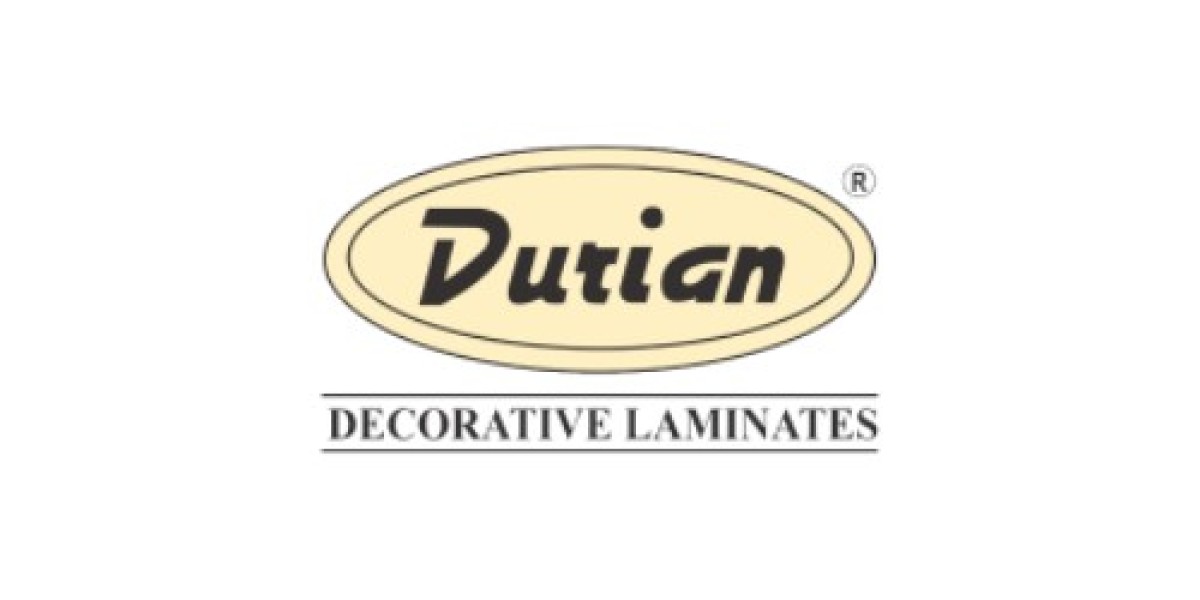Post-forming laminates are a cornerstone in modern interior design and architecture, offering versatility, durability, and aesthetic appeal. They are particularly valued for their ability to be formed into curved surfaces, making them ideal for a range of applications, from kitchen countertops to sophisticated furniture designs. Mastering advanced techniques in crafting post-forming laminates can significantly enhance the quality and functionality of your projects. This blog explores these advanced techniques, providing insights and practical tips to elevate your laminate crafting skills.
Understanding Post-Forming Laminates
Before diving into advanced techniques, it's crucial to understand what post-forming laminates are. The flexibility of post-forming laminates makes them suitable for applications requiring seamless, smooth surfaces, such as countertops, desks, and cabinetry.
Key Properties of Post-Forming Laminates
Flexibility: Allows bending around curves and edges.
Durability: Resistant to scratches, impact, and moisture.
Aesthetic Variety: Available in numerous colors, patterns, and finishes.
Advanced Techniques for Crafting Post-Forming Laminates
1. Precision Cutting and Trimming
Use High-Quality Tools: Invest in a laminate cutter or a CNC machine for precise cuts. A high-quality router with a laminate trimming bit is also crucial.
Measure Twice, Cut Once: Always double-check measurements before cutting to avoid wastage and ensure a perfect fit.
Use a Straight Edge Guide: When cutting by hand, a straight edge guide ensures clean, straight cuts.
2. Optimal Heating Techniques
Heating is a critical step in the post-forming process. Proper heating ensures the laminate can be bent without cracking or losing its integrity.
Consistent Temperature: Maintain a consistent temperature between 140°C to 160°C (284°F to 320°F) using a post-forming machine or a heat gun.
Gradual Heating: Heat the laminate gradually to avoid sudden temperature changes that can cause warping or damage.
Test Runs: Conduct test runs with small laminate pieces to determine the optimal heating time and temperature for your specific laminate.
3. Advanced Adhesive Application
The choice and application of adhesive significantly impact the durability and appearance of the final product.
Select the Right Adhesive: Use high-strength contact adhesives designed for post-forming applications. Water-based adhesives are environmentally friendly and reduce exposure to volatile organic compounds (VOCs).
Uniform Application: Apply adhesive uniformly to both the substrate and the laminate. Use a roller or a spray adhesive applicator for even distribution.
Adequate Drying Time: Allow the adhesive to become tacky before bonding the laminate to the substrate, ensuring a strong and lasting bond.
4. Precision Bending Techniques
Achieving smooth and accurate bends is a hallmark of advanced laminate craftsmanship.
Use a Forming Jig: A forming jig or template helps achieve consistent bends. Custom-made jigs tailored to your project specifications provide the best results.
Slow and Steady: Bend the laminate slowly and steadily to prevent cracking. Support the laminate throughout the bending process to maintain even pressure.
Clamping: Use clamps to hold the laminate in place until the adhesive sets, ensuring the bend maintains its shape.
5. Seamless Edge Finishing
Finishing the edges of post-formed laminates is crucial for both aesthetics and durability.
Edge Banding: Use matching edge banding material to cover exposed edges. Heat the edge banding and apply it with a hot iron or edge banding machine.
Trimming Excess: Trim any excess edge banding with a laminate trimmer or a sharp utility knife for a clean finish.
Smoothing Edges: Sand the edges lightly with fine-grit sandpaper to smooth out any rough areas and blend the edge banding seamlessly with the laminate surface.
Troubleshooting Common Issues
Even with advanced techniques, issues can arise during the post-forming process.
Cracking: Ensure proper heating and gradual bending.
Bubbling: Avoid air pockets by applying adhesive evenly and using a roller to press out any trapped air.
Misalignment: Double-check measurements and use alignment guides during the bonding process to ensure perfect alignment.
Conclusion
Mastering advanced techniques for crafting post-forming laminates can transform your projects, offering enhanced durability, functionality, and aesthetic appeal. Precision in cutting, optimal heating, advanced adhesive application, precision bending, and seamless edge finishing are the cornerstones of expert laminate craftsmanship. By incorporating these techniques, you can achieve professional-quality results and take your laminate projects to the next level.
Investing time and effort into mastering these techniques will not only improve the quality of your work but also expand your capabilities as a craftsman.






